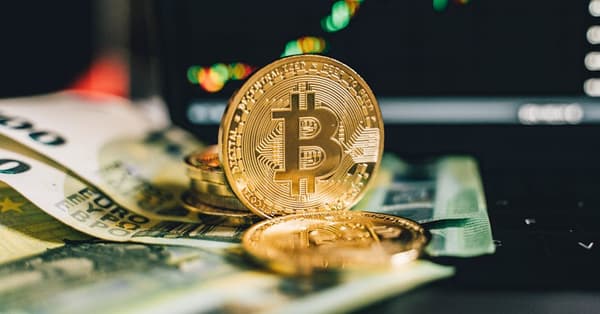Navigating Today's Crypto Market: What to Do with PancakeSwap
Curious about the latest trends in crypto? Discover how PancakeSwap is making waves and what you should consider in today’s volatile market.
The current state of the crypto market is dynamic and unpredictable. As of October 2023, Bitcoin (BTC) is trading between $30,000 and $34,000, while the Binance Smart Chain (BSC) has seen an impressive surge in total value locked (TVL), reaching up to $4 billion. Trading volumes have notably increased, especially on decentralized exchanges (DEX) like PancakeSwap, which has garnered popularity for its user-friendly interface and extensive liquidity options.
However, swap failures in crypto trading can be frustrating and often stem from various issues, leading to a negative user experience. It’s crucial to understand the reasons behind these failures and know what to do if they occur, particularly in a high-stakes trading environment where every moment can have significant financial implications.
In this guide, you’ll learn about the common causes of swap failures on PancakeSwap, step-by-step troubleshooting techniques, preventive measures to avoid future issues, and expert tips to enhance your trading efficiency.

PancakeSwap is a leading decentralized exchange built on the Binance Smart Chain (BSC) that utilizes an automated market maker (AMM) model. It allows users to swap BEP-20 tokens with ease, participate in liquidity pools, and dive into yield farming for additional rewards.
The swap process on PancakeSwap is straightforward: you select the tokens you want to trade, confirm the transaction, and pay the required gas fees. Liquidity providers contribute to liquidity pools, making seamless transactions possible while earning rewards from trading fees.
High transaction volumes during peak periods can lead to network congestion, resulting in failed swaps. For instance, during major market events, like a sudden price surge, the transaction backlog can increase dramatically, causing frustrating delays.
Gas fees are critical for transaction processing. Setting them too low can lead to failed swaps, especially during busy network times. It’s a good idea to adjust your gas fees based on current network conditions to ensure successful transactions.

Slippage tolerance determines how much price change is acceptable for a successful trade. If the market moves quickly, and your tolerance is set too low, your swap might fail. Always be mindful of market conditions, and adjust your slippage tolerance accordingly.
By understanding these common causes of swap failures and knowing what to do if they happen, you can enhance your experience on PancakeSwap and make your trading journey smoother.
Tags:
Ready to Make Profitable Crypto Calls?
Check out our proven track record on the leaderboard
View Leaderboard →Related Posts
Why Meme Coins Are Redefining Crypto Investments
The meme coin market is booming, but can you capitalize on it? Discover the thrilling opportunities and risks before diving in.
Why PancakeSwap is Dominating the BSC Scene in 2023
Curious about PancakeSwap's success? Discover why this DEX is attracting millions of users and how you can make the most of your trades.
Tether's Bold Move: What It Means for Meme Coin Traders
Tether's €1 billion investment in robotics could reshape the crypto scene. Discover how this impacts meme coin strategies and your trading approach.
Is Binance Coin (BNB) Ready for Another Surge in 2023?
BNB has soared 340% this quarter! Dive into the reasons behind its rise and what the future holds for Binance Coin in the crypto market.
Unlocking DeFi: Exploring Flashloan Opportunities on BSC
Discover how Binance Smart Chain is reshaping trading with flashloans. Dive into the latest strategies and opportunities in this dynamic DeFi landscape.
Mastering BSC: How to Safeguard Your Token Investments
Navigating the crowded BSC landscape? Learn essential tips to verify token contracts and avoid scams in this must-read guide for crypto enthusiasts.